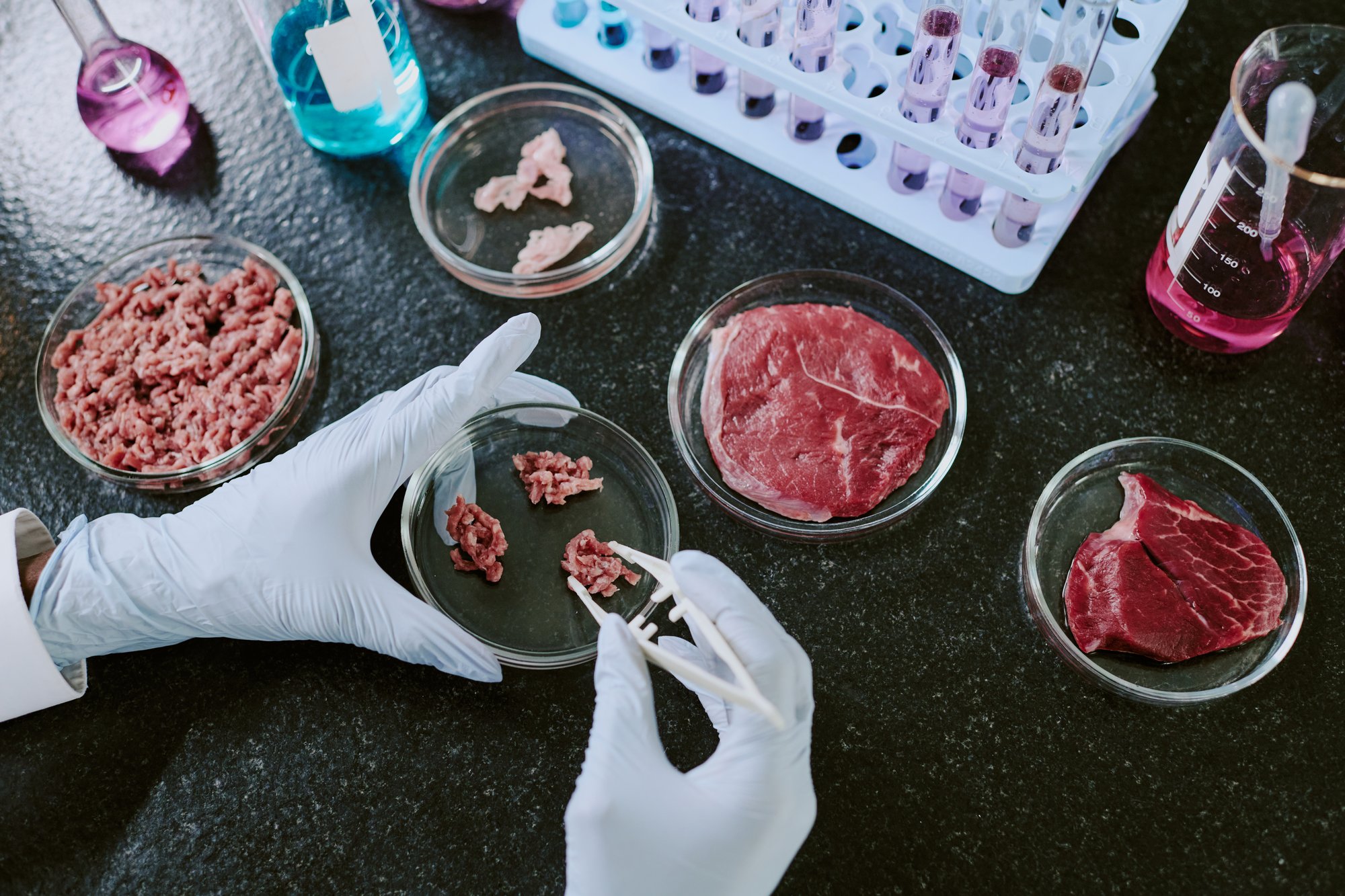Food Testing & Spoilage Microbiome Analysis
Unlock Rapid Microbial Detection and Spoilage Diagnostics
Ensure food quality, extend shelf life, and comply with safety regulations using Cosmos-Hub's advanced microbiome analysis platform for food products.
Why Food Microbiome Analysis Matters
The microbiome of food plays a pivotal role in safety, spoilage, and overall quality. Spoilage organisms, pathogens, and beneficial microbes can all be detected and profiled using either amplicon or metagenomic approaches to improve product consistency and mitigate risks.
Food waste due to microbial spoilage accounts for nearly 25% of global food losses annually, underscoring the need for precision microbial diagnostics. Additionally, all pathogenic and virulence factors can be easily screened using microbiome sequencing.
Example Sample Types for Food Testing & Spoilage Studies
- Ready-to-eat food products
- Fermented foods (yogurt, kimchi, kombucha)
- Fresh produce (leafy greens, berries)
- Dairy and meat products
- Beverages (juices, soft drinks, wine)
- Surface swabs from packaging lines or storage environments
- Environmental swabs from food processing facilities

How Cosmos-Hub Powers Food Microbiome Testing
Accurate detection of spoilage organisms, pathogens, and beneficial microbes.
Customizable workflows for shelf life studies, hygiene monitoring, and regulatory compliance.
Comparative analytics to benchmark microbial profiles across product lots or monitor microbiome changes over time within the same product lot.
Integration with Cosmos-Hub’s AMR/VF detection for comprehensive safety analysis of antimicrobial resistance and virulence factors.
Relevant Pipelines
-
Kepler™: Host-Agnostic Taxonomic & Functional Profiling
Kepler™ enables aquatic system managers to uncover subtle microbial trends and actionable shifts, even in complex, low-biomass marine environments.
Cosmos-Hub offers Kepler™ in combination with a host-agnostic functional pipeline, Functional 2.0, which interrogates shotgun metagenomic and metatranscriptomic data to understand metabolic and biochemical potential by annotating translated reads with numerous functional databases:
- MetaCyc Pathways,
- Enzyme Commissions,
- Pfam,
- CAZy,
- GO Terms.
-
Emu: Long-Read Amplicon Profiling
Emu is a growingly popular tool designed specifically for long-read amplicon data generated by Oxford Nanopore Technologies or Pacific Biosciences instrumentation. The Cosmos-Hub iteration of Emu is built with flexibility in mind, allowing users to analyze 16S, ITS, 18S or full 16S-18S-23S full operon data. Additionally, many databases have been implemented to allow users to tailor their analysis to their sample type and study questions:
- 16S Amplicon: GreenGenes2, SILVA, GreenGenes2, GTDB SSU 220, EMU Default, MIDAS, HOMDB.
- ITS Amplicon: UNITE
- 18S Amplicon: SILVA
- 16S-ITS-23S Full Operon: RRN
-
Short-Read Amplicon Profiling
Our amplicon sequencing workflows provide high-resolution taxonomic profiling of microbial communities using targeted regions—16S rRNA for bacteria and archaea, and ITS for fungi.
-
The short-read 16S pipeline utilizes the DADA2 algorithm for denoising and ASV inference, ensuring genus resolution of bacterial taxa. Taxonomy is assigned using the SILVA database, and community-level functional potential via Metacyc Pathways and Enzyme Commissions is inferred with PICRUSt2.
-
The short-read ITS pipeline is optimized for fungal community profiling, leveraging the QIIME framework along with the UNITE database for closed-reference OTU picking. It processes reads through trimming and merging, outputting tables of OTU IDs, frequencies, and relative abundances.
-
Ready to Transform Your Food Safety and Spoilage Studies?
Frequently Asked Questions
-
Can Cosmos-Hub detect low-abundance spoilage microbes?
Yes. Cosmos-Hub’s algorithms allow detection of microbes present at very low abundances using shotgun sequencing data.
-
Do I need to preprocess my data before uploading?
No. The Hub accepts raw FASTQ files and processes them through an automated pipeline with minimal user input.
-
Is the platform suitable for regulatory documentation?
Yes. Data and reports can be exported to be included as supplementary data for any QA or regulatory data. Please note that limits of detection apply for metagenomics, relative to culture methods.
-
Can I monitor changes across different production lots?
Absolutely. Use cohort analysis features to compare samples across time, location, or product batches.
-
How long does the analysis take?
Once data is uploaded to the platform successfully, results are typically available within 1–3 hours.
